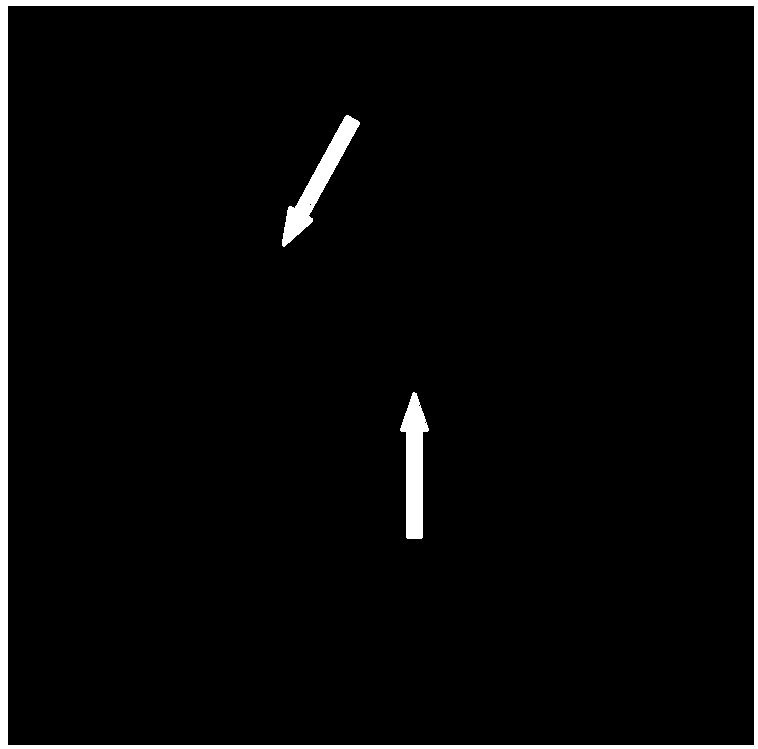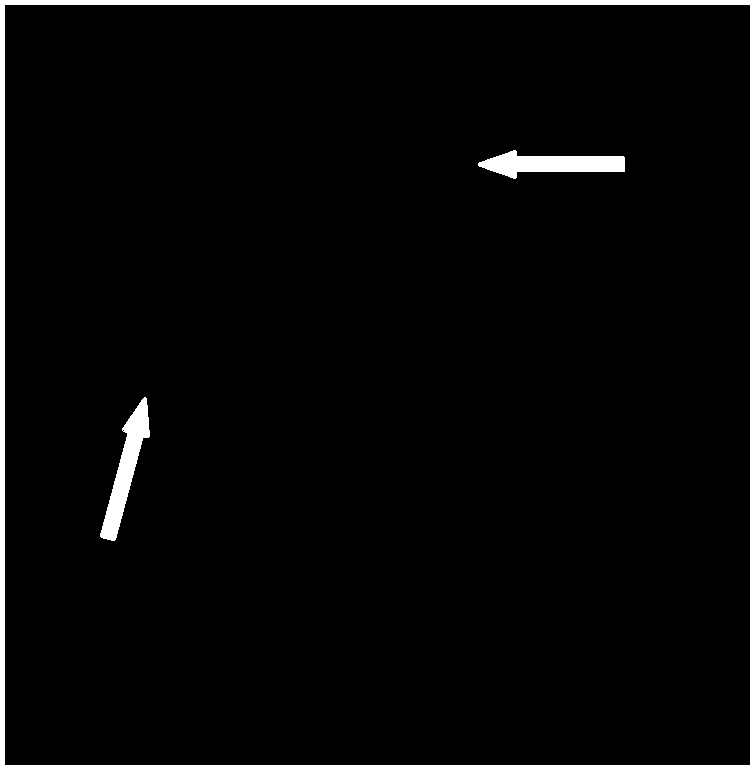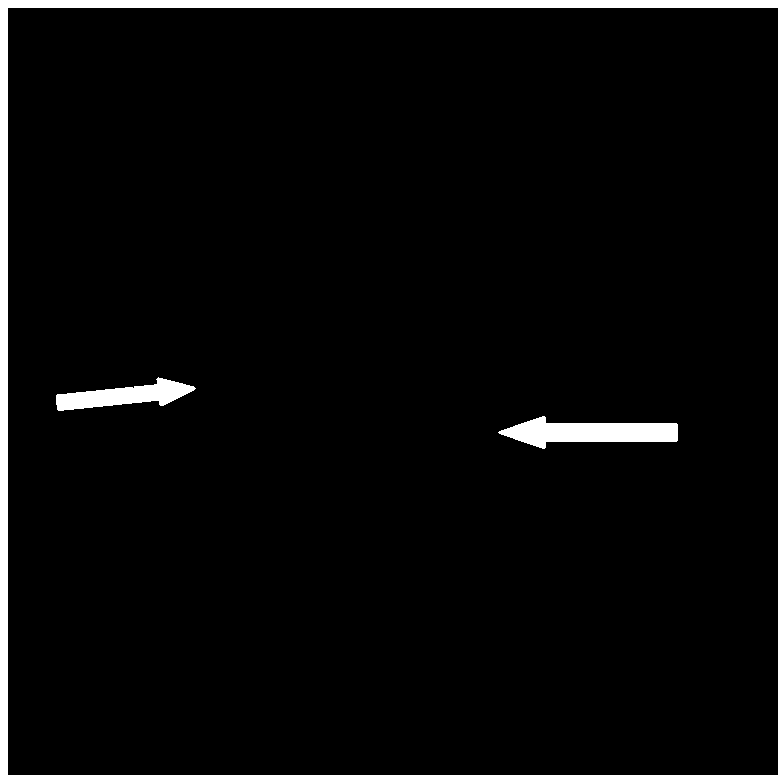Fluorescence in-situ hybridization method for endosymbiotic bacteria in insect ovary
A technique of fluorescence in situ hybridization and symbiotic bacteria, which is applied to the field of in situ hybridization of symbiotic bacteria in insect ovaries, can solve the problems of time-consuming, labor-intensive, complicated operation, etc., and achieve the effects of simple operation, less chemical reagents, and clear staining results.
- Summary
- Abstract
- Description
- Claims
- Application Information
AI Technical Summary
Problems solved by technology
Method used
Image
Examples
Embodiment 1
[0045] Fluorescence in situ hybridization of symbiotic bacteria Wolbachia in the ovary of Bemisia tabaci
[0046] Fluorescent in situ hybridization for endosymbiont Wolbachia in whitefly ovary with fluorescent probe
[0047] W2: Cy5-CTTCTGTGAGTACCGTCATTATC.
[0048] Including the following steps:
[0049] (1) Add PBS buffer solution to the petri dish, and put the adult female insects to be dissected into the PBS buffer solution;
[0050] (2) Under the stereoscopic anatomical microscope, fix the insect chest web with an insect needle, cut open the abdomen of the insect with a dissecting needle, pull out all the ovaries, and remove debris such as residual shells of the insect body;
[0051] (3) Add 3-5 drops of PBS buffer in the center of the slide, and pick the ovary in the petri dish into the PBS buffer on the slide with a fine brush;
[0052] (4) Use filter paper to suck off the PBS buffer around the ovary on the glass slide, and immediately add 200ul of insect tissue fixati...
Embodiment 2
[0062] Fluorescence in situ hybridization of symbiotic bacteria Portiera in whitefly whitefly ovary was carried out with the fluorescent probe BTP1:Cy3-TGTCAGTGTCAGCCCAGAAG.
[0063] The hybridization method was the same as in Example 1 except that the fluorescent probes used were different. see results image 3 .
PUM
 Login to View More
Login to View More Abstract
Description
Claims
Application Information
 Login to View More
Login to View More - R&D
- Intellectual Property
- Life Sciences
- Materials
- Tech Scout
- Unparalleled Data Quality
- Higher Quality Content
- 60% Fewer Hallucinations
Browse by: Latest US Patents, China's latest patents, Technical Efficacy Thesaurus, Application Domain, Technology Topic, Popular Technical Reports.
© 2025 PatSnap. All rights reserved.Legal|Privacy policy|Modern Slavery Act Transparency Statement|Sitemap|About US| Contact US: help@patsnap.com



